در حال حاضر محصولی در سبد خرید شما وجود ندارد.
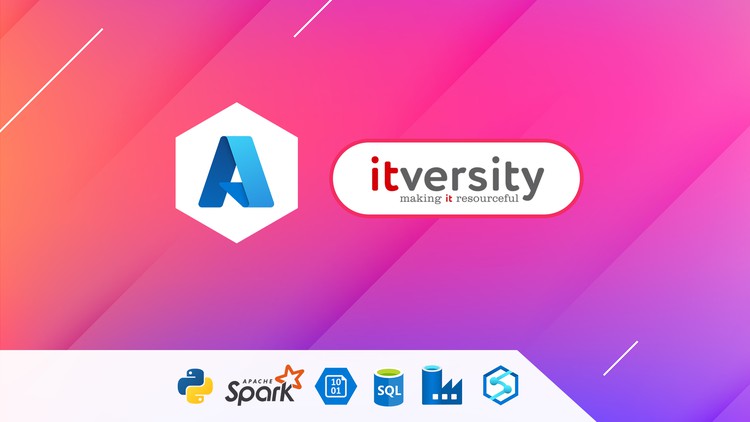
Learn Azure Storage for Data Lake, ADF for ETL, BigQuery for Data Warehouse, Databricks for Big Data Pipeline, etcs
در این روش نیاز به افزودن محصول به سبد خرید و تکمیل اطلاعات نیست و شما پس از وارد کردن ایمیل خود و طی کردن مراحل پرداخت لینک های دریافت محصولات را در ایمیل خود دریافت خواهید کرد.
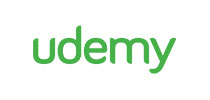

مهندسی دیتا بوسیله سرویس های AWS Analytics
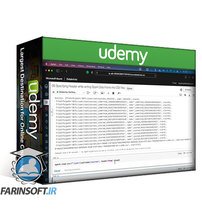
آموزش کدنویسی Apache Spark 2022 و Databricks در آن

Master Data Engineering using GCP Data Analytics

مسلط شدن بر Amazon Redshift و مبحث Serverless
-main-resized.jpg)
کورس کدنویسی Spark SQL and PySpark 3 در زبان پایتون
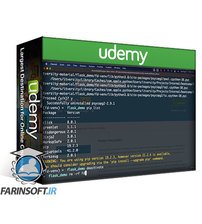
مهندسی دیتا : کار با SQL, Python and Spark

Mastering Databricks SQL Warehouse and Spark SQL

فیلم یادگیری کامل Spark SQL, Spark 3 و استفاده از Scala
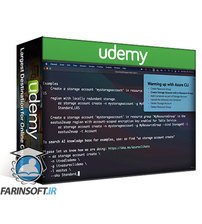
مهندسی داده ها با استفاده از Databricks در AWS و Azure